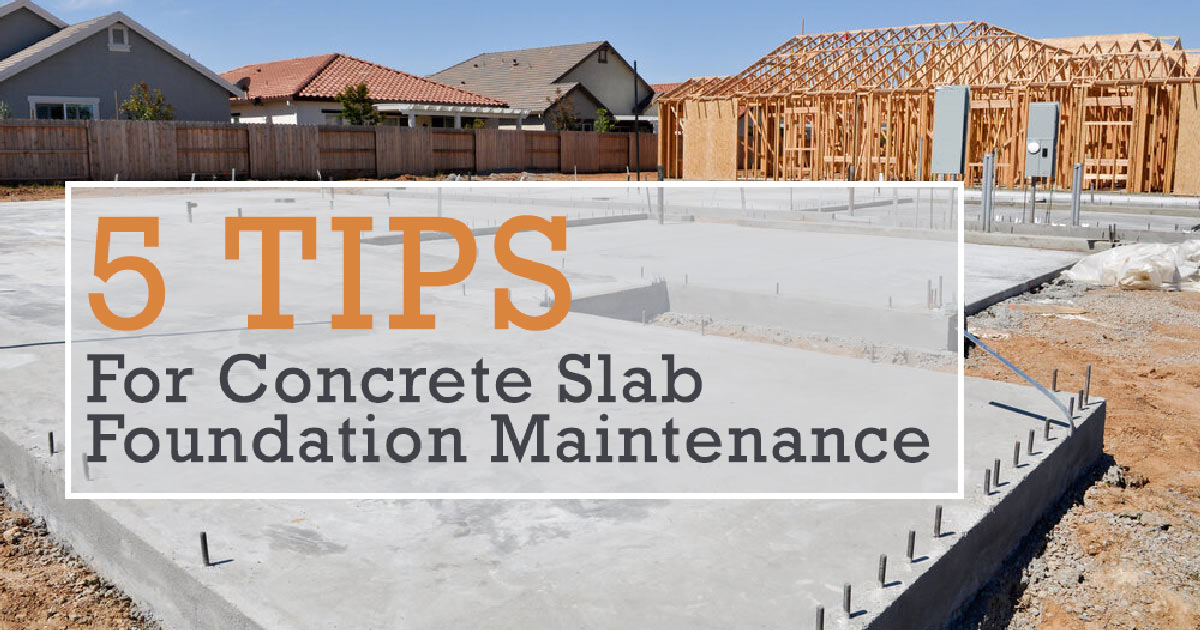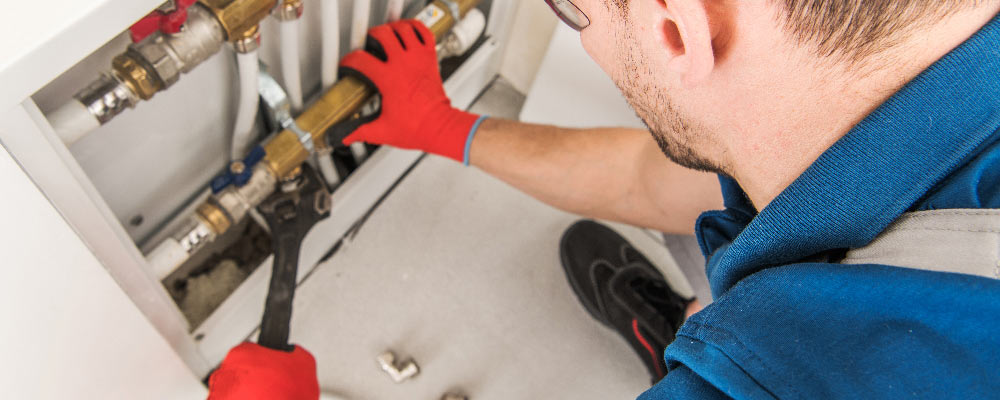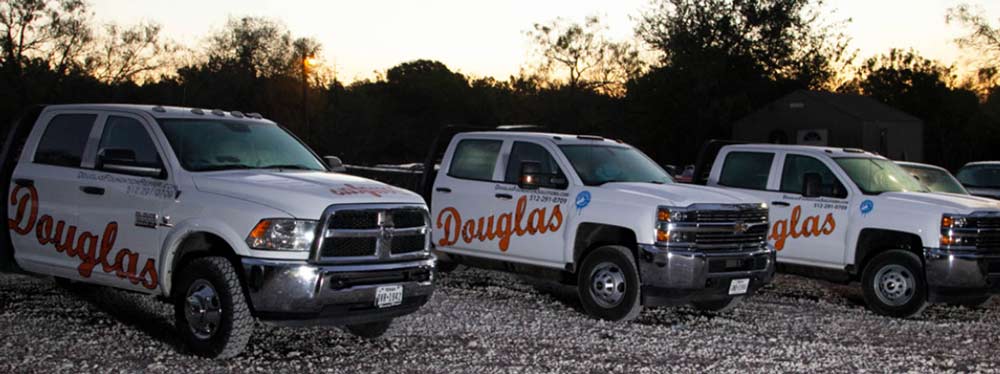512.291.0709
Mon - Fri: 9 AM - 11:30 AM
12:30 PM - 4 PM
December 09, 2021
Discovering foundation problems is one of the worst nightmares of any homeowner. Even minor issues can cost several thousand dollars to repair, and larger complications can require a full replacement with a price tag up to six figures.
Luckily, saving yourself such trouble is possible if you take good care of your home’s concrete slab foundation. We’ve outlined 5 of the best maintenance measures you can take to preserve its condition for years to come.

We may not think of yard maintenance as a major way to safeguard our home’s construction, but it’s actually one of the most important aspects of foundation upkeep. Carefully managing the vegetation in your yard will go a long way toward preventing foundation problems. Avoid planting trees or robust shrubbery near your foundation’s perimeter. Before you decide on a planting location, make sure you check how long the roots can be expected to grow and adjust your placement accordingly. Existing trees or bushes that are too close may have roots already growing toward or into your foundation. These plants should be removed to prevent any future/further damage. If you don’t have the space to put your plantings in a risk-free location, you can try installing a root barrier. These barriers are placed around the plant’s root system, blocking outward growth. They instead encourage the roots to penetrate deeper into the ground and stay away from your foundation. Another thing to keep on top of is maintaining the grade of your terrain. When your home was first built, the ground surrounding the slab will have been shaped to slope down and away. This naturally encourages water to wash away from the foundation perimeter. But over the years, the soil surrounding your home can settle, eventually becoming level or even sloping toward the foundation. Re-grading your terrain will be necessary to restore the original slope.

If there’s a leak in your plumbing system, it can cause water to wash the soil away from your foundation, removing essential support. This makes the foundation vulnerable to buckling and cracking.
Unfortunately, it’s quite common for plumbing leaks in deeper lines to go unnoticed for long durations. By the time you discover the leak on your own, your foundation may have already suffered extensive damage. That’s why you should regularly recruit the help of a professional plumber to inspect your system and catch signs of trouble early. We recommend doing an inspection every year.
The hot summers here in Austin can really zap the moisture from the soil. And when soil dries, it begins to recede from your foundation, leaving it without reinforcement.
To keep your soil heavy, voluminous, and firmly in place, you’ll need to maintain a decent moisture level. Make sure you run sprinklers by your home’s perimeter during the drier months, or hand-water the area with a hose. Depending on the weather, you may want to do this a few days per week.
Soil moisture is essential, but it’s important not to let it go overboard. When the rainy season hits, it’s quite easy for homes in Austin to end up with oversaturated soil surrounding their foundations. The result is excess pressure on the foundation, putting it at risk of shifting. And because concrete slabs are porous, they can absorb some of this moisture themselves, taking on extra weight that exerts its own destructive force.
You can actively prevent oversaturation by managing the drainage on your home and the terrain. Gutters and downspouts should be kept clean and routed to points that allow for clear discharge of rainwater. Installing subsurface drains at these points can be quite helpful in sweeping the water far away from the soil that supports your foundation.
Your home’s interior temperature may seem irrelevant when it comes to foundation maintenance, but it can actually mitigate shifting. Particularly warm or cold temperatures can cause both the soil and the concrete slab to shrink or expand. Reducing movement requires maintaining a stable temperature, especially when the outdoor temperatures reach their own extremes.
Try to set your thermostat to a comfortable temperature that can be maintained throughout the year. If a time comes that you do need to change the temperature by several degrees, try to do it gradually to minimize contraction or expansion.

Even with great maintenance, your foundation can succumb to age, or environmental factors that are beyond your control. In these circumstances, you’ll need the help of an expert team that specializes in repairing and replacing foundations in the Austin climate.
Douglas Foundation Repair is backed by 30 years of experience tackling foundation problems of all types. We’ve developed our own proprietary systems to improve foundation strength and durability, delivering a product that has helped countless Austin residents add value to their homes.
If you need help with your slab foundation repair, we encourage you to contact us right away. We’ll be happy to perform an inspection and draw up a detailed quote.